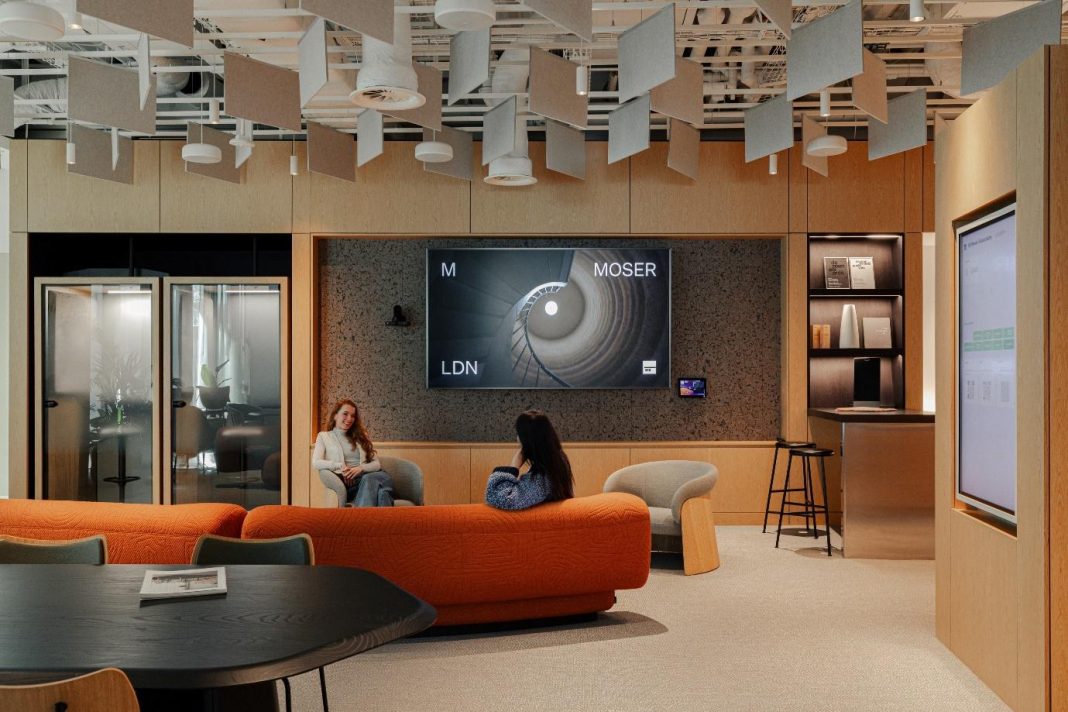Gurvinder Khurana, Director at M Moser Associates, highlights how hospitality is transforming workplace design into something more human, layered, and responsive.
Workspace design is drawing from other sectors, especially hospitality, to create environments that are welcoming, layered, and human. At the same time, the reverse is also true, with hotels increasingly integrating dedicated workspaces to meet the needs of today’s mobile workforce.
Where it All Began
The hospitality-driven workplace is all about inviting people in. Casual yet curated. Early examples of these spaces blurred boundaries, becoming informal work zones, social hubs and creative meeting points. People were drawn to them by more than the promise of free Wi-Fi. It was the atmosphere, comfort and sensory details that made many of us use hotel lounges for business meetings. Co-working spaces quickly followed suit, picking up on the same cues: delicious coffee, soft lighting, thoughtful music and inviting materials.
The office, by contrast, risked becoming sterile. Hospitality influences emerged as a way to reintroduce generosity and sensory richness to the workplace.
A Shift in Space and Sensibility
Today, more offices are deliberately designed to echo the feel of a boutique hotel. Front-of-house areas have moved beyond the standard reception desk.
At M Moser, many of its offices now welcome visitors with warm lighting, soft seating, a curated playlist and the scent of freshly brewed coffee.
These elements work together to create a relaxed, boutique-inspired experience that reflects the company’s welcoming, people-focused culture.
Lighting is often less bright, more layered and, importantly, controllable. These subtle choices enable the same space to feel alive during the day and ready for events in the evening. This approach allows for a more generous daily rhythm, helping people feel calm, connected and comfortable.
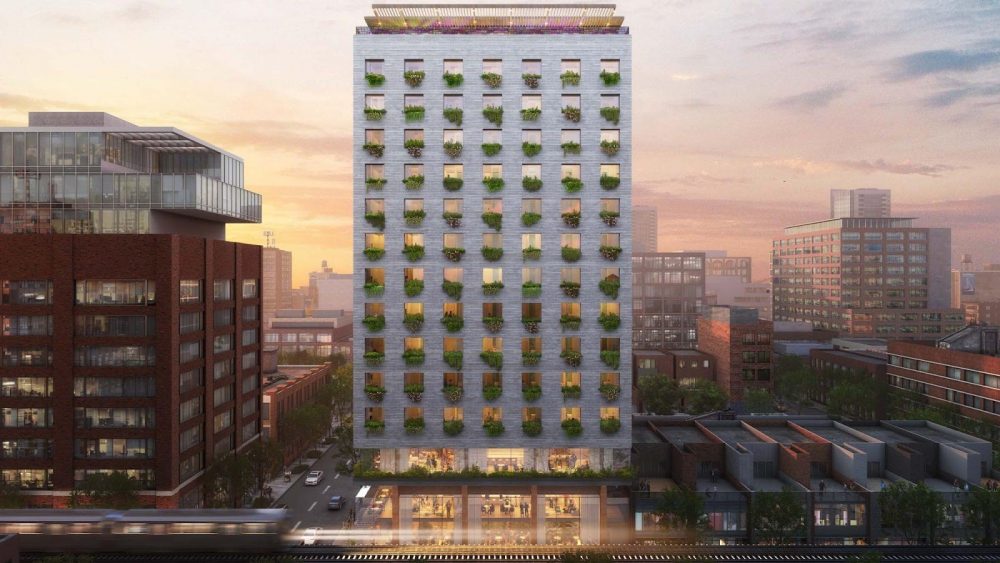
Technology plays a role, too. In Chicago, M Moser’s hotel project, the Circadian Building, uses a smart building management system with controls and lighting that are tuned to circadian science. This system was developed in collaboration with a principal investigator in Neurology from the University of Michigan. It supports our natural sleep-wake cycle by adjusting lighting and thermal comfort. Light is the most powerful factor in regulating the circadian clock, using intensity and colour to signal when to be alert or wind down. Thermal settings respond to shifts in body temperature during different sleep phases.
The same human-centric technology is now requested in office briefs. Workplace users want lighting that can flex to suit a range of activities, including focus areas, collaborative meetings, casual calls or town hall gatherings. All in one place, without compromising ambience or performance.
Experience Over Aesthetics
The most significant shift brought in by hospitality in the workplace is the mindset around the curated experience and quality of service. Great materials and lighting play a role, but what defines the space is how it makes people feel.
The roles within organizations are also evolving, with titles such as Head of People Experience or Workplace Concierge becoming increasingly common. It is a deliberate move towards a service culture, where the workplace supports people with the same care and attention seen in hospitality.
Creating Inclusive Workspaces Through Layered Design

The hospitality world has long understood how to shape experience through lighting, scent and texture.
Layering sensory elements supports emotional connection and wellbeing. Dynamic lighting, varied materials and subtle scents can shift the mood of a space to suit different users, activities and times of day.
Separation also matters. Just as we don’t want our homes to feel like offices, workspaces need boundaries that support different modes. Clear zoning and intuitive design enable people to transition seamlessly between focus, collaboration and downtime with ease.
Performance Needs Comfort
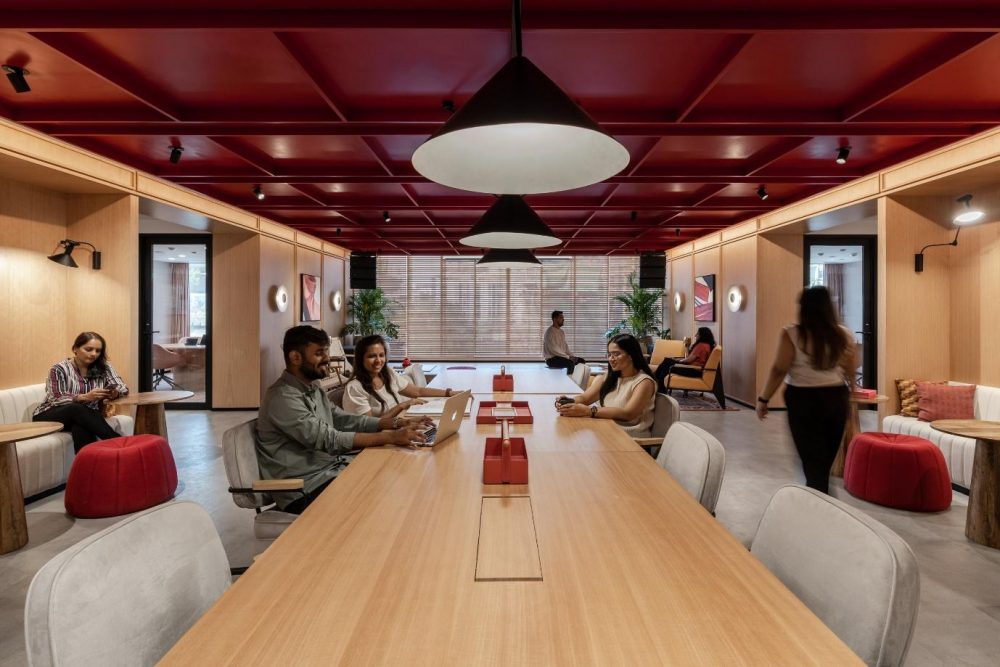
While softer sensory elements are important, the workplace still needs to perform. An office that looks beautiful but cannot support focus or collaboration is unsuccessful. Likewise, a space that ticks all the technical boxes but fails to connect emotionally will fall flat.
We need to design places that benefit both people and businesses. Environments that help individuals perform at their best while reflecting the identity and values of the organization.
There is also a competitive angle. In a world where talent can choose between working from home, cafés or co-working spaces, the office must be a more compelling option.
A well-designed space becomes a differentiator, showing care, culture and intent.
Beyond Hospitality
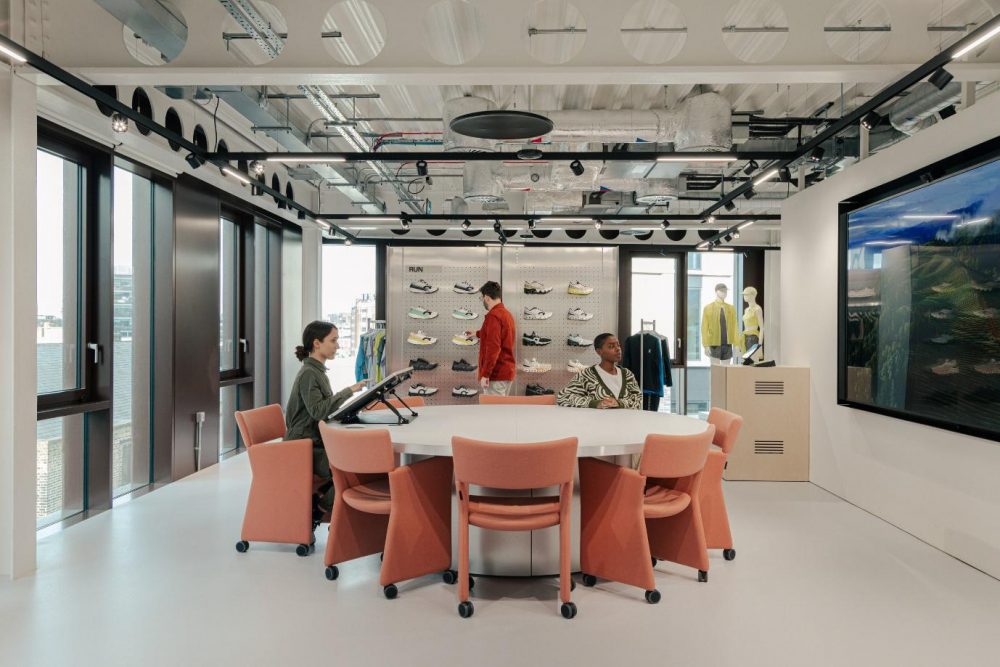
Workplace design is drawing inspiration from across various sectors. Museums and galleries use flexible lighting systems and curate spaces according to their zoning. Retail offers lessons in modularity and immersive brand storytelling. Residential design brings comfort, tactility and the idea of living well.
Even the theatre has something to offer. From dramatic lighting to audience-centric layouts, designers are reimagining workplace environments with creativity and intention.
Relevance Means Evolution
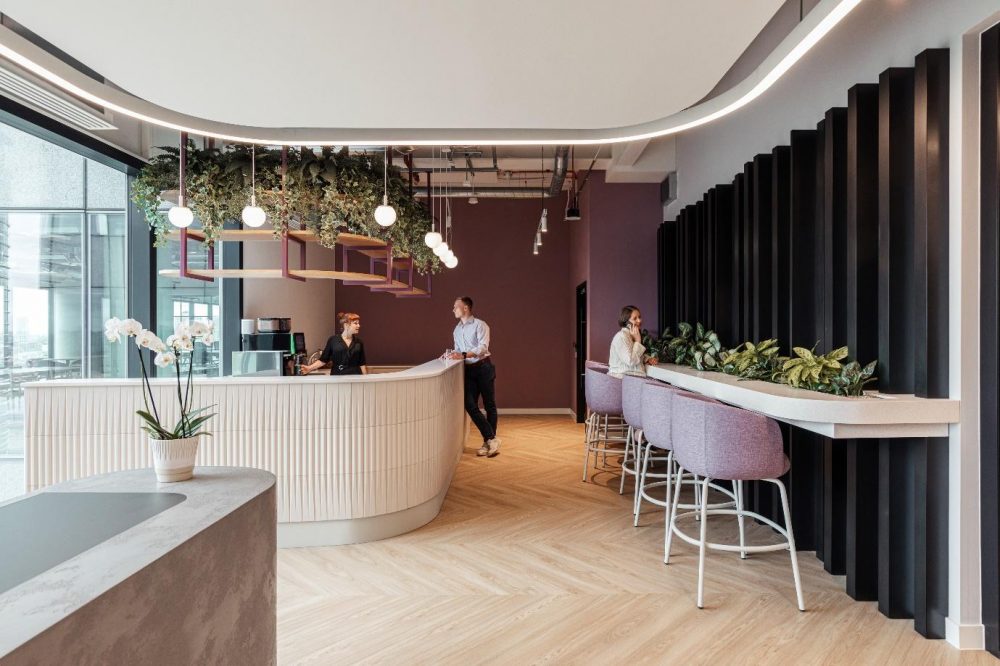
The world of work is evolving and so must the spaces that support it. Hybrid models, flexible hours and even four-day weeks are shifting expectations. Each new generation entering the workforce brings different habits, priorities and ideas.
Sticking rigidly to tradition is no longer viable. If workplace design fails to adapt, it risks becoming irrelevant. The most resilient designs are those built with evolution in mind, able to adapt to people’s lives and changing needs.
Looking Ahead: Designing with Emotional Intelligence
The next frontier for workplace design may lie in emotional intelligence. Already, conversations are turning to how spaces can respond to mood and context. Imagine a space that senses when a team needs quiet and adjusts its lighting, acoustics and layout accordingly.
Organizations need to create places that understand and support people holistically, spaces that learn and evolve.
Offices may also become more multifunctional. With hybrid work, buildings may be underutilised during certain times. Some organizations are already exploring how their workspaces might be shared with the community or used for cultural programming. That spirit of resourcefulness first seen in platforms like Airbnb is making its way into office buildings.
One Thing to Always Consider
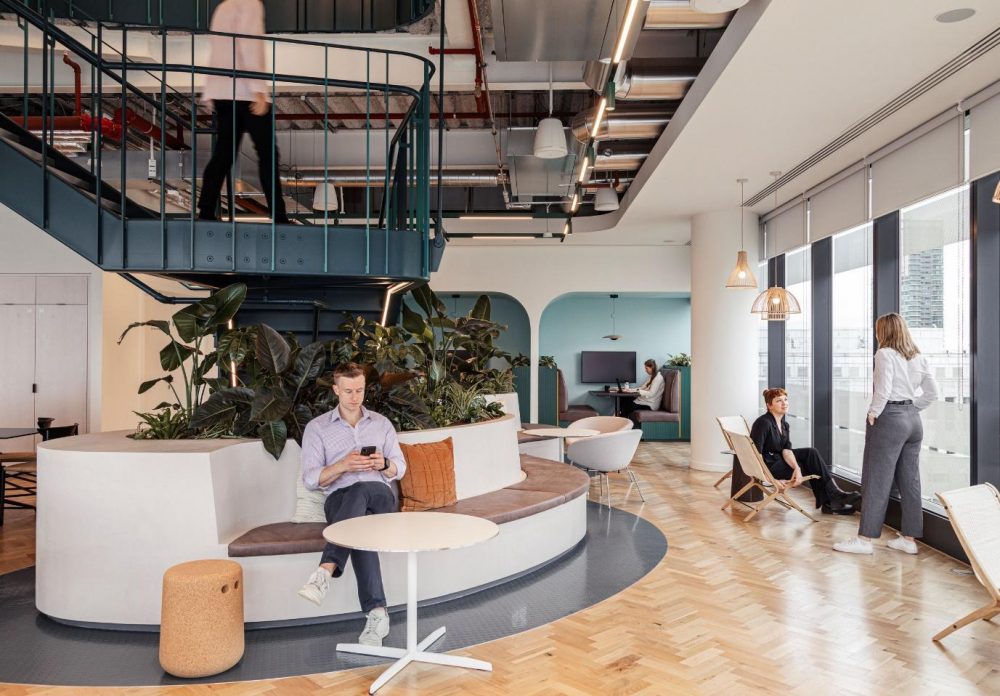
The best workplaces prioritize human experience, offering a level of flexibility, control and the ability to adapt.
Ultimately, hospitality in the workplace offers a more responsive and human way of thinking about space. By borrowing ideas from various sectors, designers create workplaces that are both inspiring and functional.
Design is becoming more exciting because it is becoming more human. That should be celebrated.
Images courtesy of M Moser Associates

